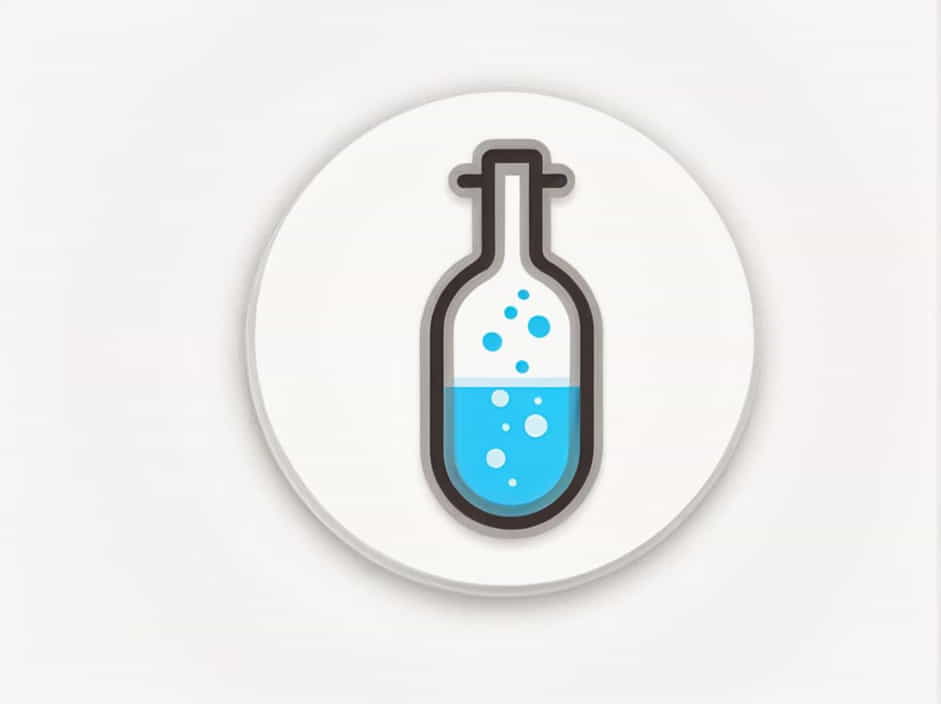Methyl isocyanate (MIC) is a highly reactive, volatile, and toxic chemical compound used primarily in the production of pesticides and polyurethane foams. When MIC comes into contact with water, a rapid and exothermic reaction occurs, leading to the formation of carbon dioxide (CO₂) and methylamine derivatives.
This reaction is not only significant in industrial chemistry but also has historical relevance due to its role in the Bhopal gas tragedy, one of the worst industrial disasters in history.
This topic will explore:
-
What is methyl isocyanate?
-
Chemical reaction of MIC with water
-
Reaction mechanism and kinetics
-
Industrial significance and applications
-
Hazards and safety precautions
What is Methyl Isocyanate?
Chemical Properties
-
Molecular Formula: C₂H₃NO
-
Molecular Weight: 57.05 g/mol
-
Boiling Point: 39.1°C (102.4°F)
-
Physical State: Colorless liquid with a pungent odor
-
Solubility: Reacts violently with water
Common Uses of MIC
Methyl isocyanate is an intermediate chemical in manufacturing:
-
Carbamate pesticides (e.g., carbaryl, aldicarb).
-
Polyurethane foams and adhesives.
-
Pharmaceutical intermediates.
Due to its high reactivity and toxicity, MIC is highly regulated, and its storage requires extreme precautions.
Chemical Reaction of Methyl Isocyanate with Water
Reaction Overview
When methyl isocyanate (MIC) reacts with water, it undergoes an exothermic hydrolysis reaction, leading to the formation of methylamine and carbon dioxide:
Reaction Steps
-
MIC hydrolyzes in water, breaking its isocyanate (-N=C=O) functional group.
-
Formation of unstable intermediates, which rapidly decompose.
-
Final products: Methylamine (CH₃NH₂) and carbon dioxide (CO₂) are released.
Heat Release and Pressure Build-up
This reaction is highly exothermic, meaning it releases a large amount of heat. In closed environments, the formation of CO₂ gas can lead to pressure build-up, increasing the risk of explosions or leaks.
Reaction Mechanism and Kinetics
Step-by-Step Breakdown
-
Nucleophilic Attack:
- Water molecules attack the carbon atom in the isocyanate (-N=C=O) group.
-
Formation of Carbamic Acid Intermediate:
- The unstable intermediate, methylcarbamic acid (CH₃NHCOOH), is briefly formed.
-
Spontaneous Decomposition:
- The carbamic acid quickly decomposes into methylamine (CH₃NH₂) and CO₂ gas.
Reaction Rate and Influencing Factors
-
Temperature: Higher temperatures accelerate the reaction.
-
Water Concentration: More water leads to faster hydrolysis.
-
pH Levels: Alkaline conditions may speed up decomposition.
Due to the rapid and exothermic nature of this reaction, controlling MIC spills or leaks in the presence of water is extremely difficult.
Industrial Significance of the Reaction
1. Chemical Manufacturing
- The hydrolysis of MIC is sometimes used to produce methylamine derivatives, which are key intermediates in agriculture and pharmaceuticals.
2. Pesticide Production
-
MIC is a precursor to carbamate insecticides.
-
Uncontrolled hydrolysis can reduce efficiency and lead to hazardous gas emissions.
3. Industrial Safety Considerations
-
MIC is never stored near water due to the risk of uncontrolled hydrolysis.
-
Specialized storage tanks with dry nitrogen environments are used to prevent unwanted reactions.
Hazards of MIC Hydrolysis and Safety Precautions
The reaction of MIC with water is associated with several risks, making strict handling guidelines essential.
1. Toxicity of MIC and Its Byproducts
-
MIC vapors are highly toxic, causing severe respiratory irritation, lung damage, and even death.
-
Methylamine, one of the products, is an irritant that can cause skin burns and eye damage.
-
CO₂ release can lead to asphyxiation in confined spaces.
2. Fire and Explosion Risks
-
The exothermic nature of the reaction can ignite nearby flammable substances.
-
Pressure buildup in storage tanks can lead to ruptures or explosions.
3. Environmental Impact
-
MIC spills into water bodies result in toxic contamination, affecting aquatic life.
-
MIC degradation products, like methylamine, can cause long-term soil and water pollution.
Case Study: The Bhopal Gas Tragedy
What Happened?
On December 2-3, 1984, a catastrophic MIC leak occurred at the Union Carbide pesticide plant in Bhopal, India. Over 40 tons of MIC reacted violently with water, leading to the release of toxic gases, causing the worst industrial disaster in history.
Key Causes
-
Water entered an MIC storage tank, triggering an uncontrolled hydrolysis reaction.
-
The rapid buildup of CO₂ gas led to tank rupture and mass gas release.
-
Inadequate safety measures failed to contain the leak.
Consequences
-
Over 500,000 people were exposed to toxic gases.
-
Immediate death toll exceeded 3,000, with over 15,000 later deaths due to long-term effects.
-
Thousands suffered from lung damage, blindness, and neurological disorders.
This disaster emphasized the critical need for strict chemical safety protocols in handling highly reactive substances like MIC.
Safety Measures for Handling MIC
To prevent uncontrolled reactions, strict storage, transport, and emergency protocols must be followed:
1. Proper Storage
-
MIC must be stored in dry, temperature-controlled containers.
-
Tanks should be pressurized with inert gases like nitrogen to prevent accidental contact with water.
2. Leak Detection and Monitoring
-
Advanced gas detection sensors should be installed to monitor MIC leaks.
-
Emergency shutdown systems must be in place to contain leaks before a reaction occurs.
3. Spill Containment and Neutralization
-
If MIC spills, immediate containment is necessary.
-
Neutralization using dry absorbents (not water) should be performed under expert supervision.
4. Worker Protection
-
Personnel handling MIC should wear full protective gear, including respirators, chemical-resistant suits, and gloves.
-
Strict ventilation systems should be in place in MIC-handling areas.
The reaction of methyl isocyanate with water is an extremely exothermic and hazardous process, leading to the formation of methylamine and carbon dioxide. While MIC is a crucial chemical in pesticide and industrial production, its high toxicity and reactivity demand strict safety measures.
The Bhopal disaster remains a tragic reminder of the dangers associated with MIC hydrolysis, highlighting the need for proper chemical storage, monitoring, and emergency preparedness.
To minimize risks, industries must prioritize safety regulations, ensure proper handling protocols, and educate workers about the dangers of MIC exposure. Understanding the chemistry and risks of this reaction is vital in preventing future industrial accidents and ensuring safe chemical management worldwide.
